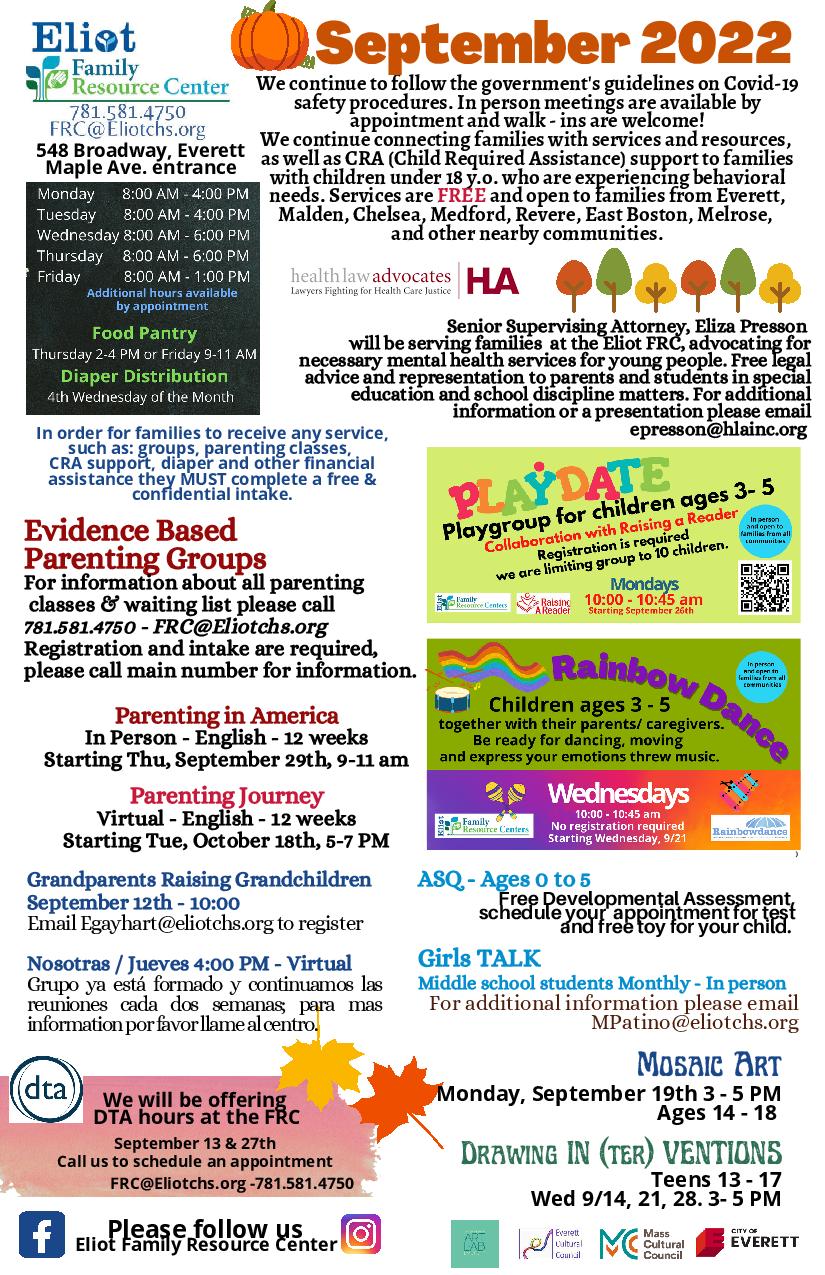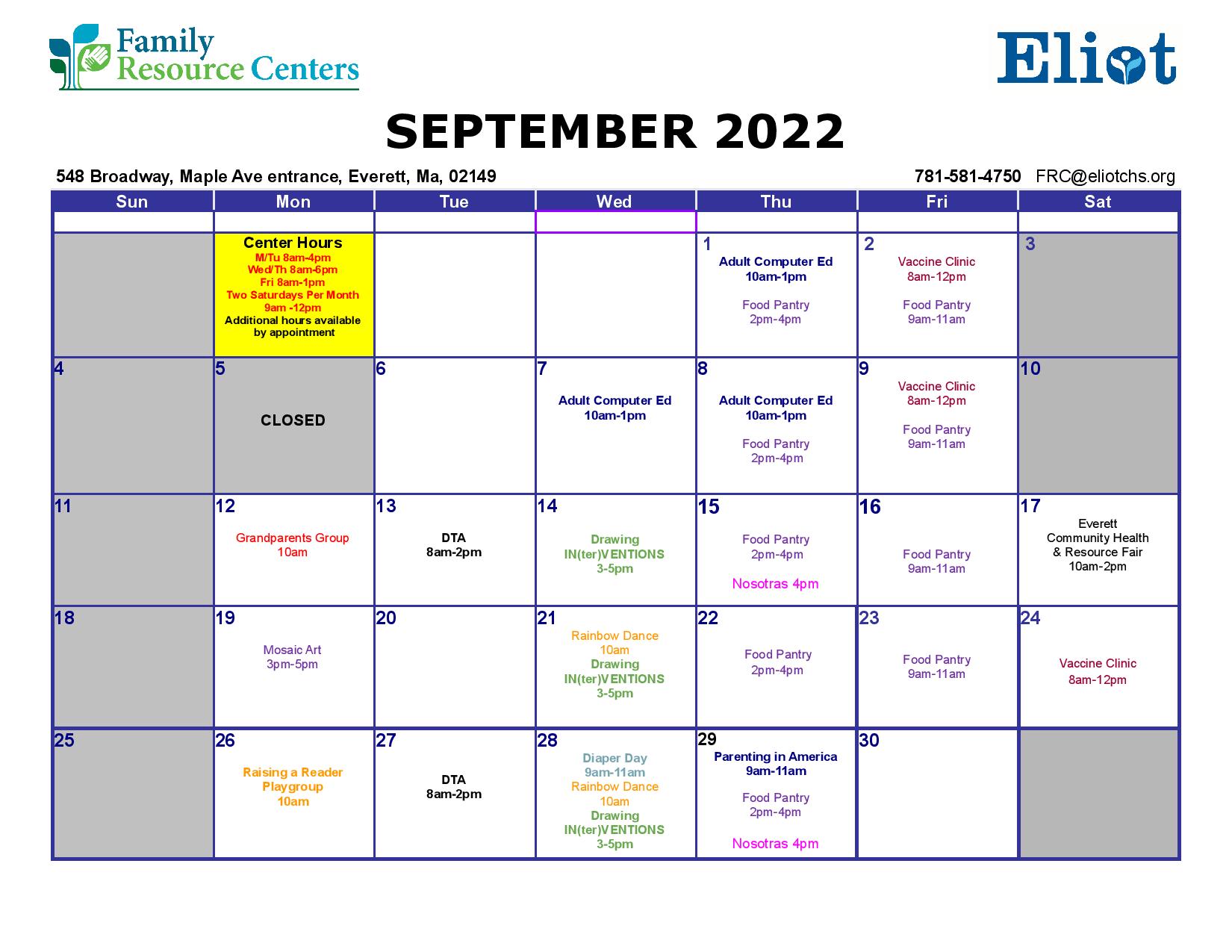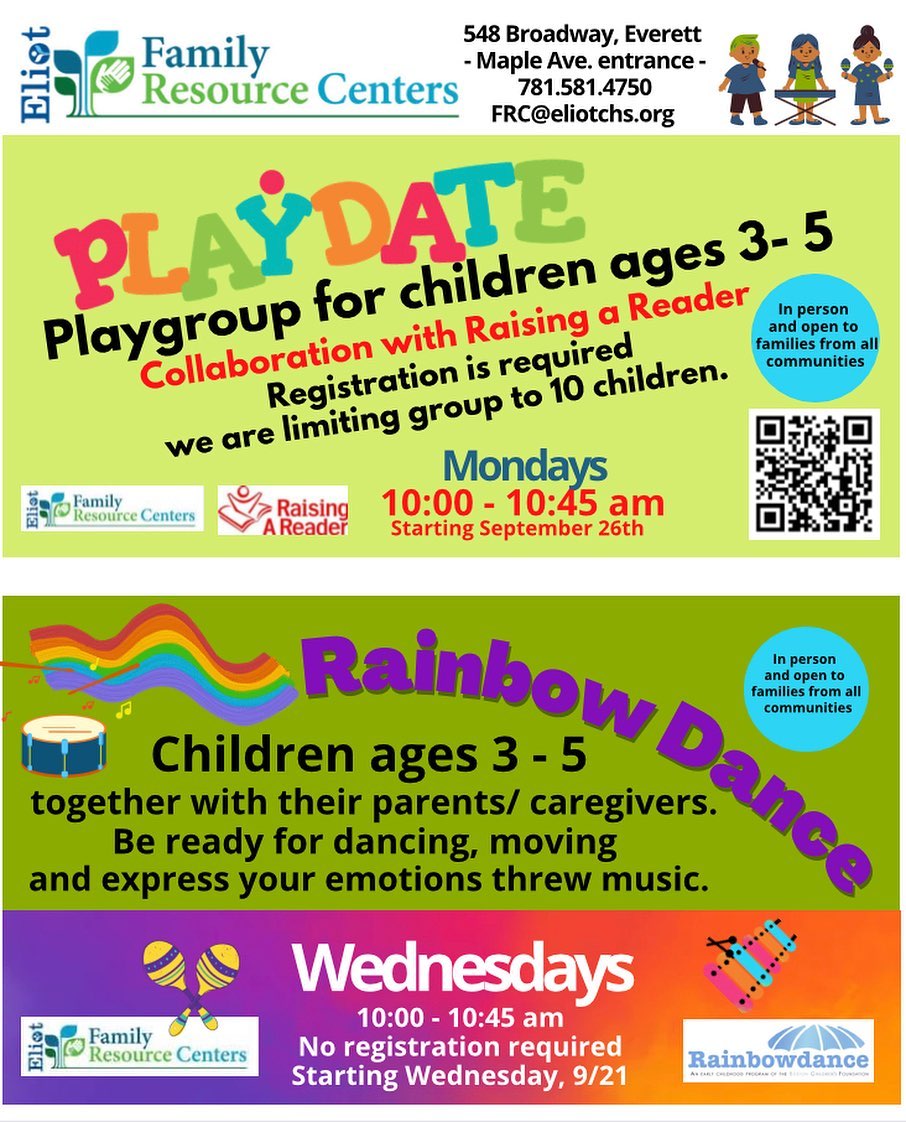What was your experience like during the Orange Line shutdown?
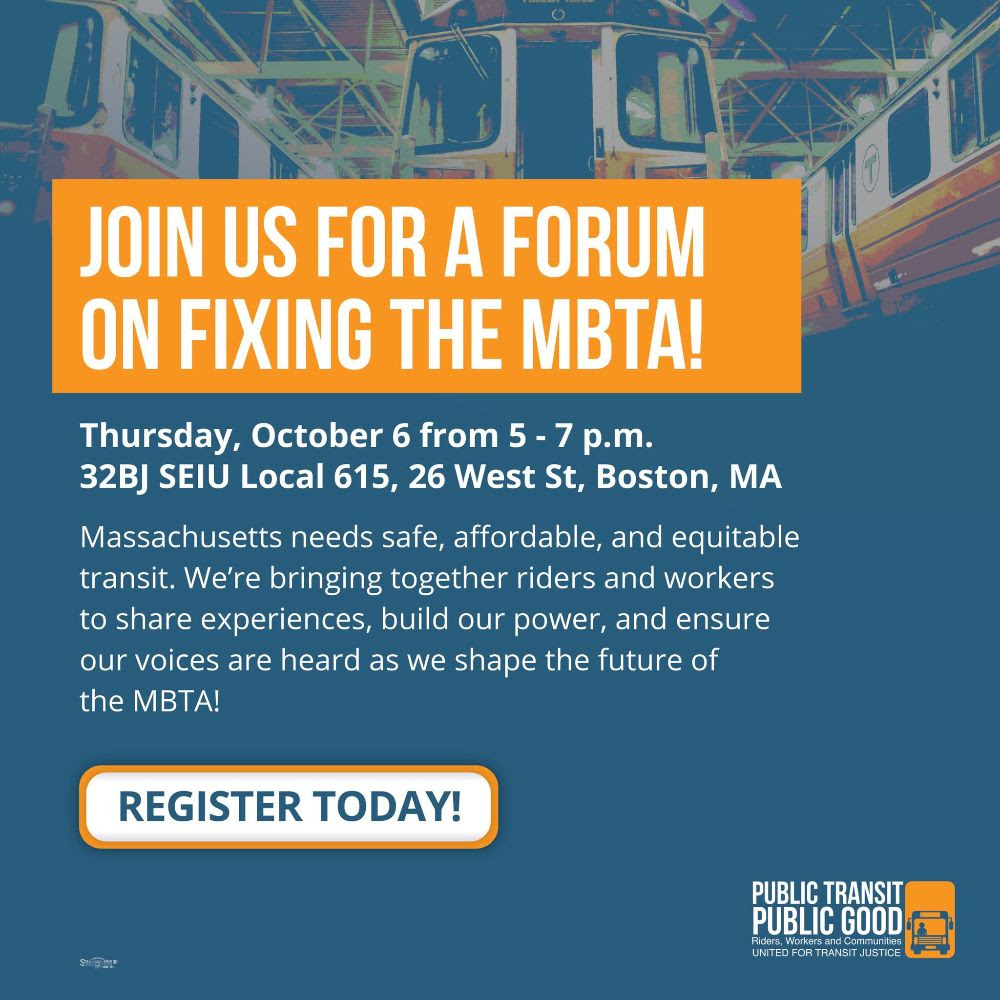


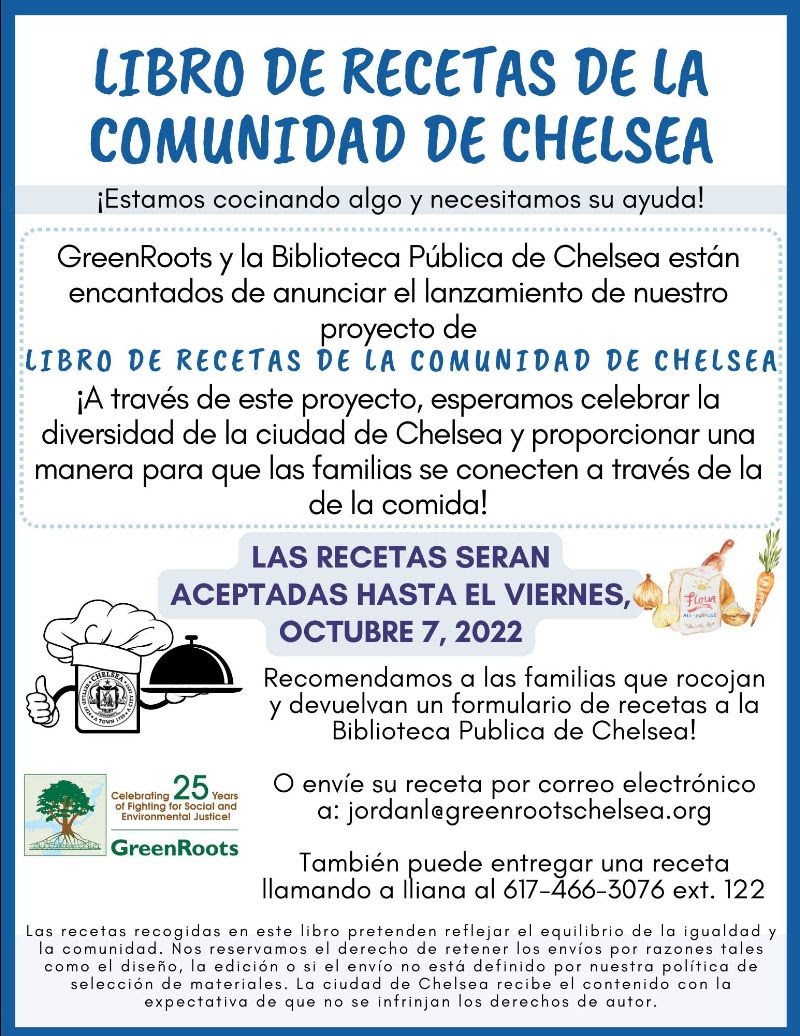
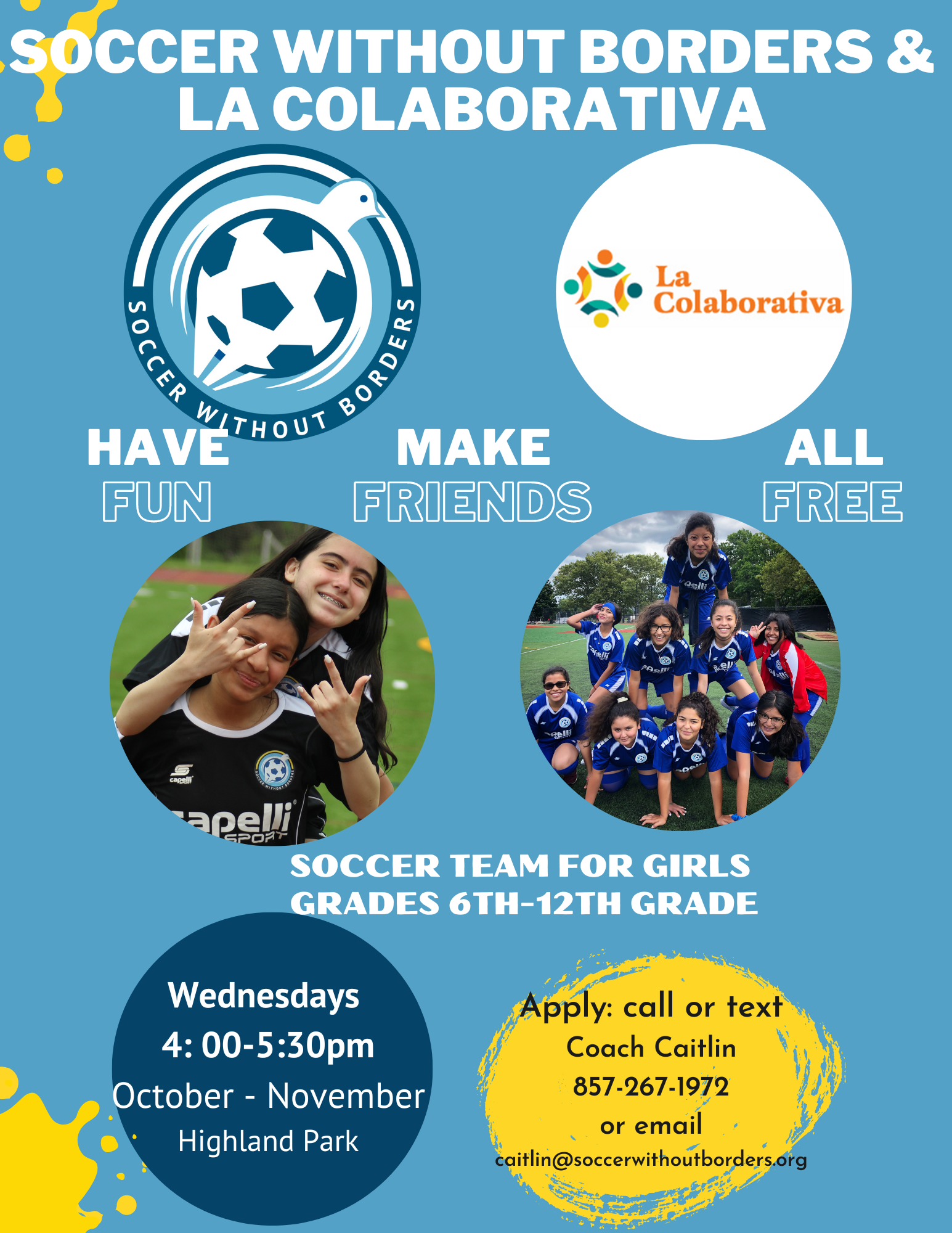
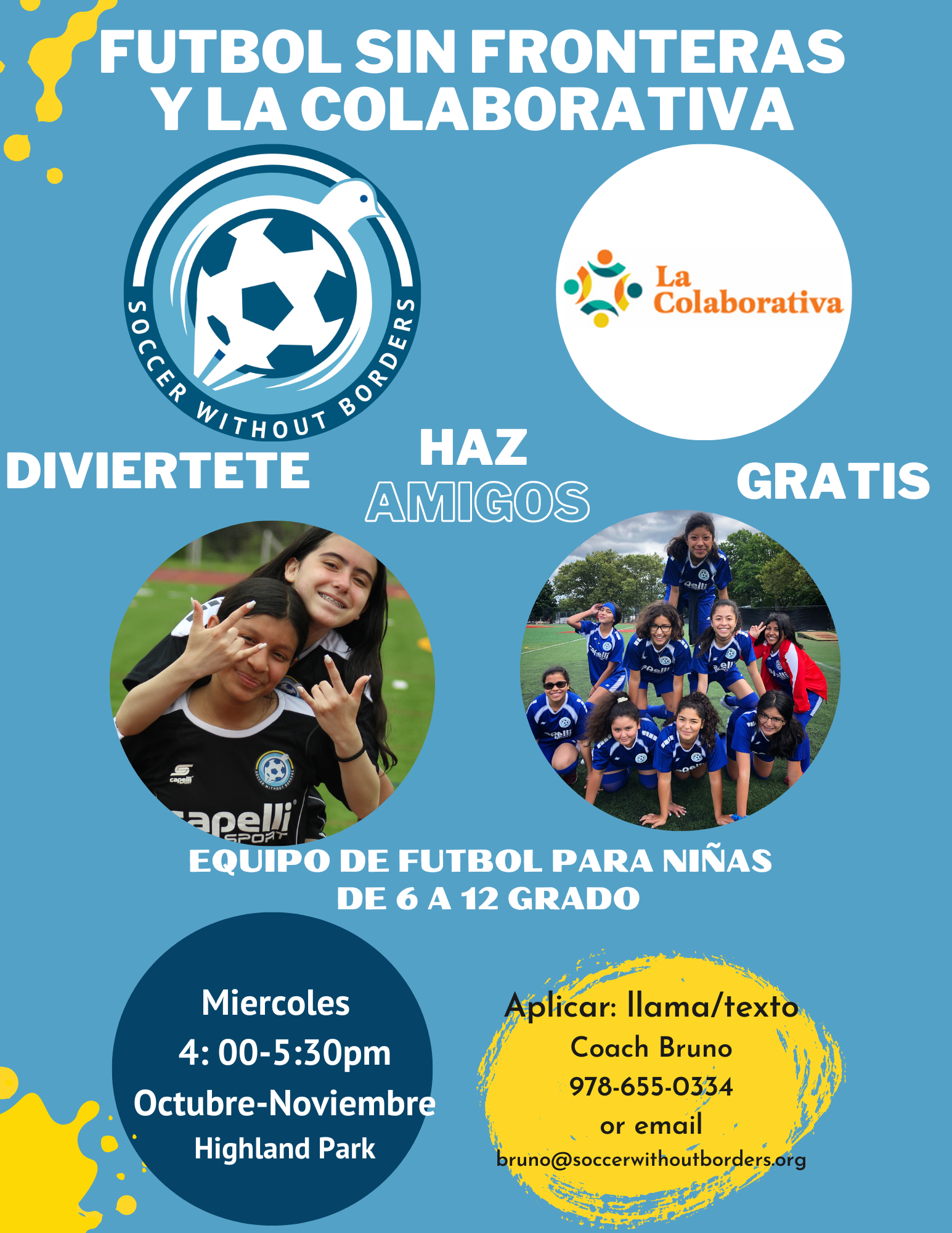
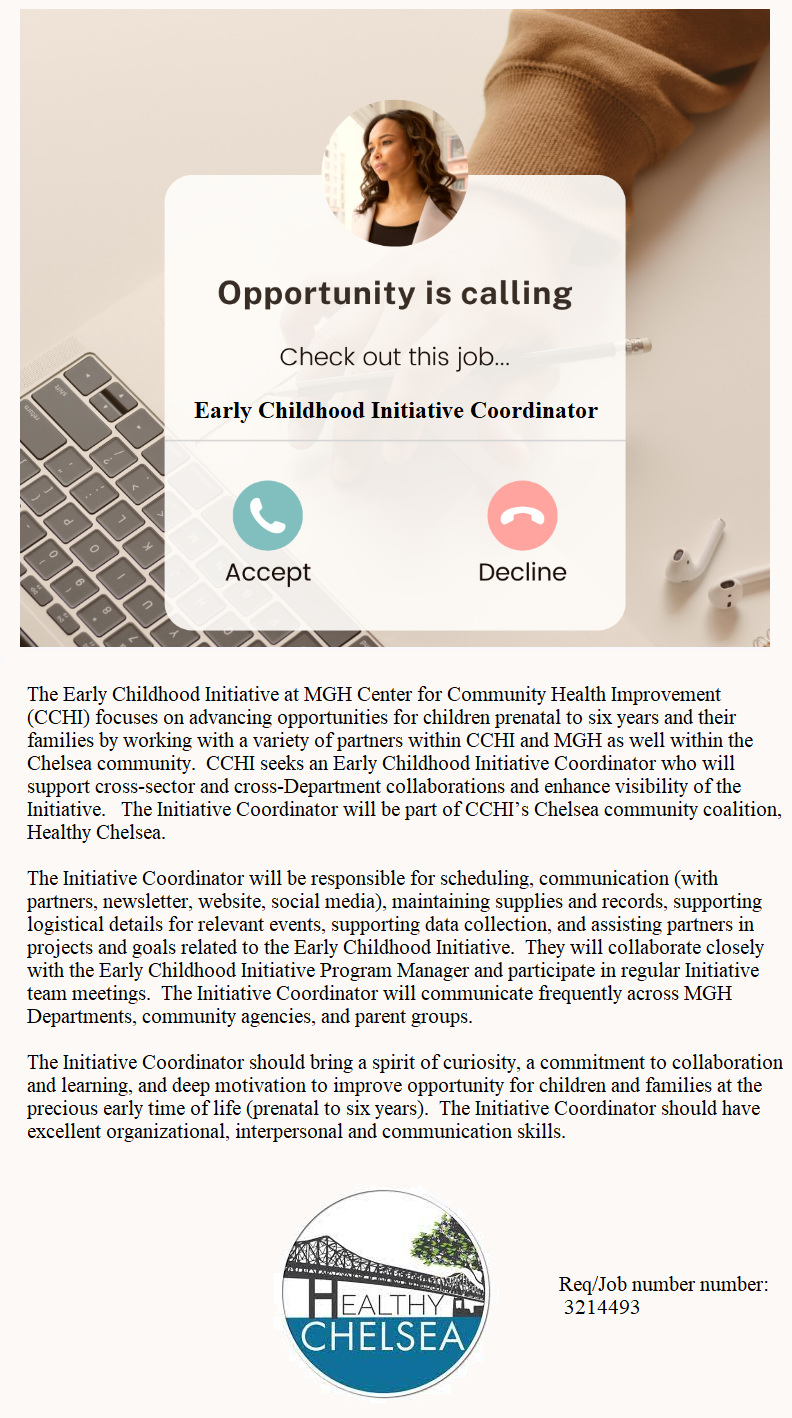
Here is the link to the job: Early Childhood Initiative Coordinator
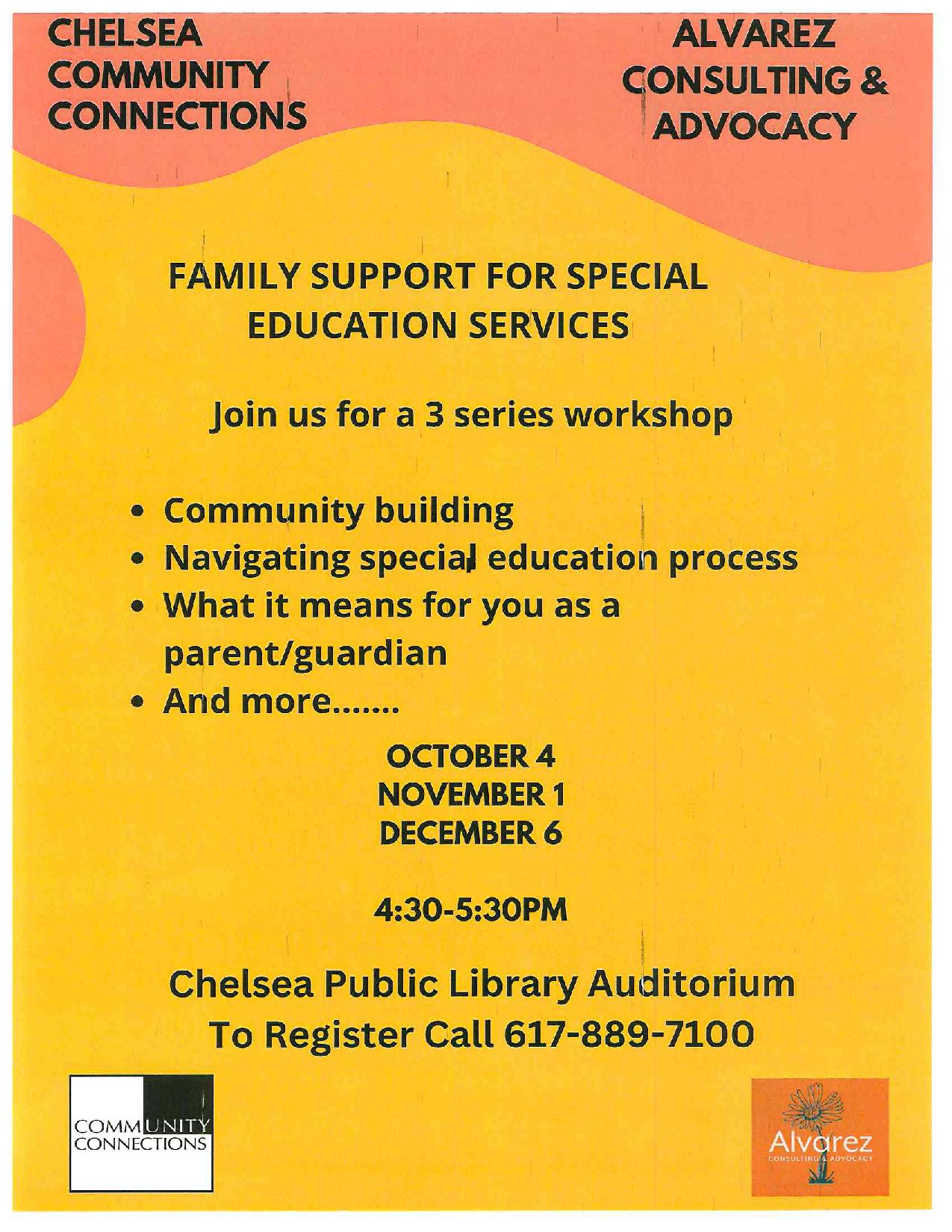
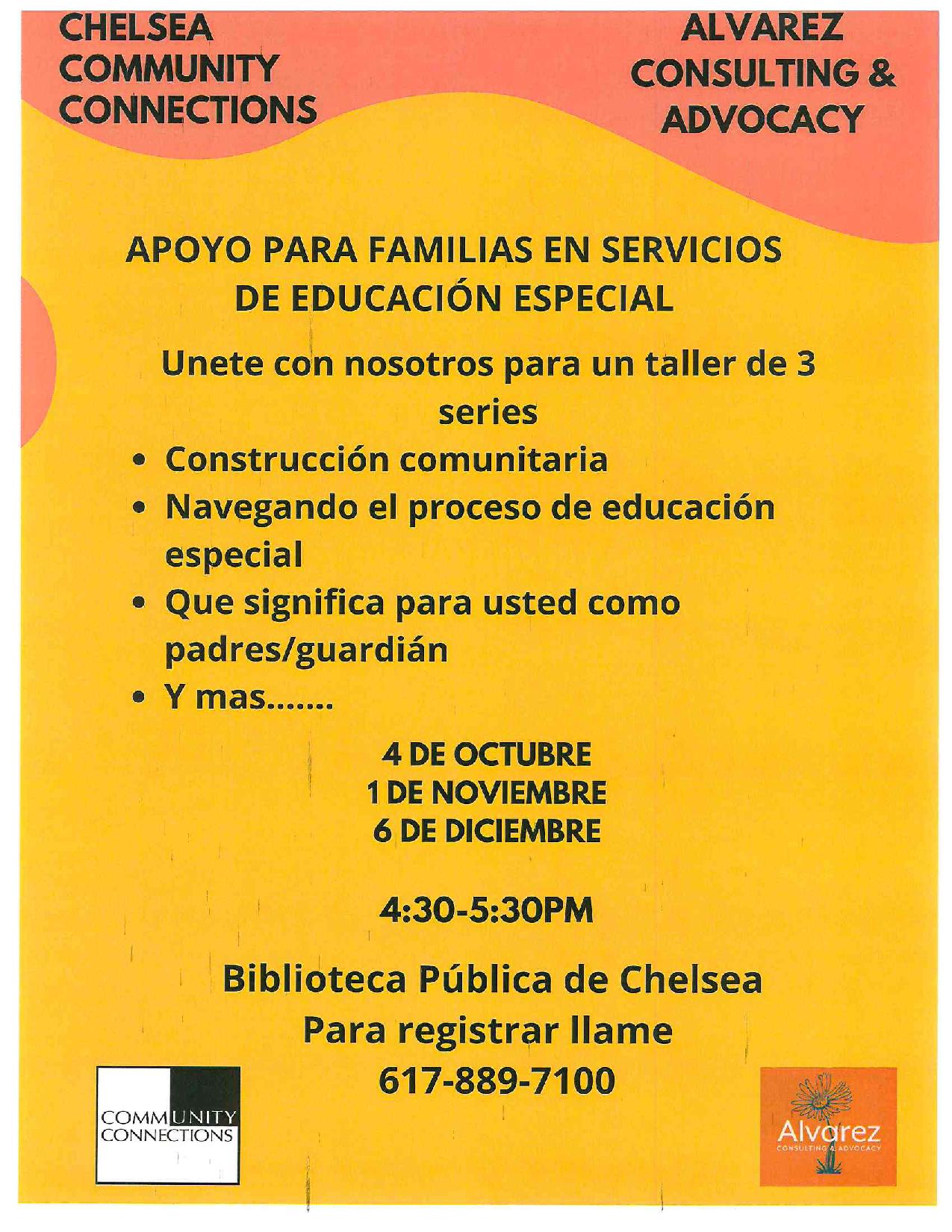
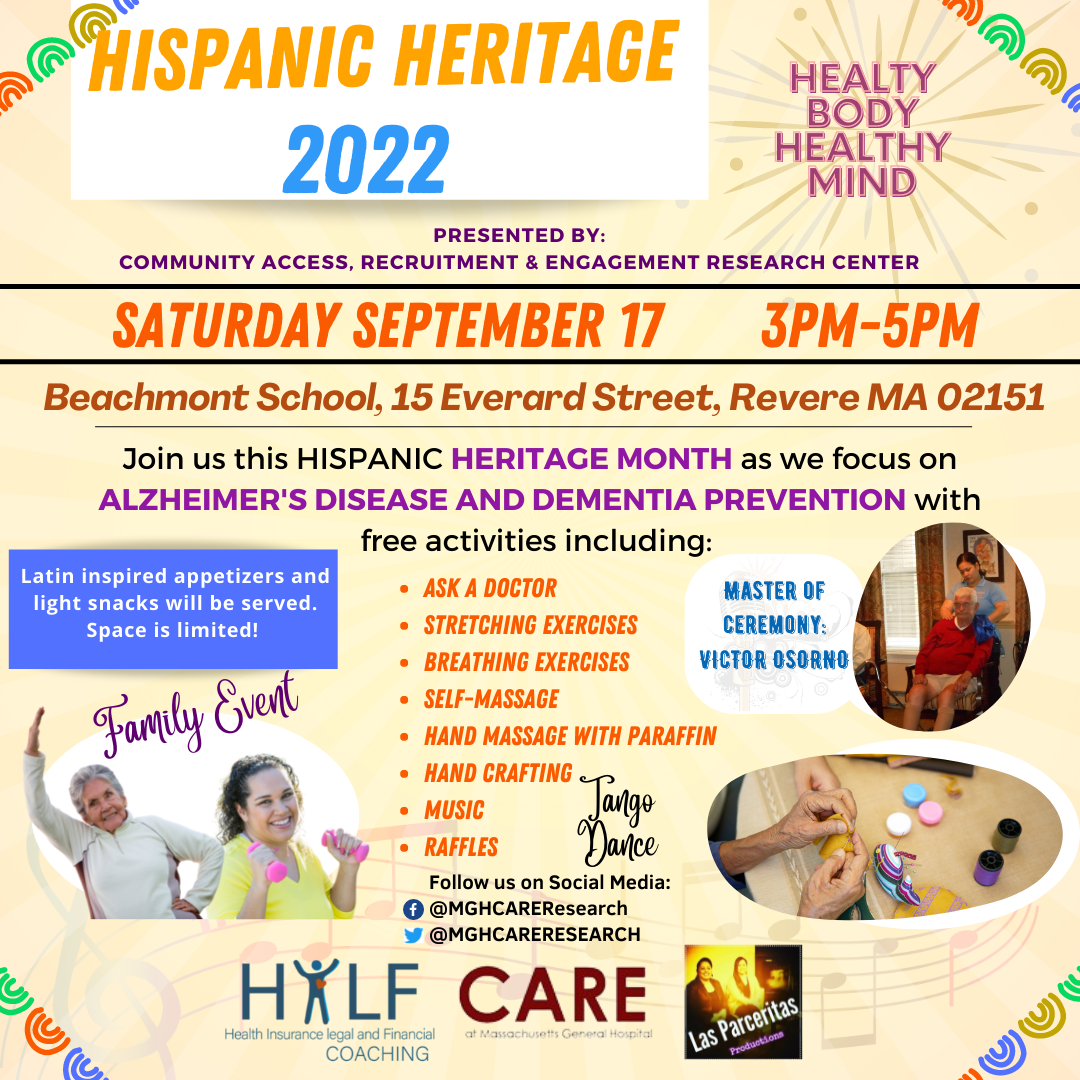
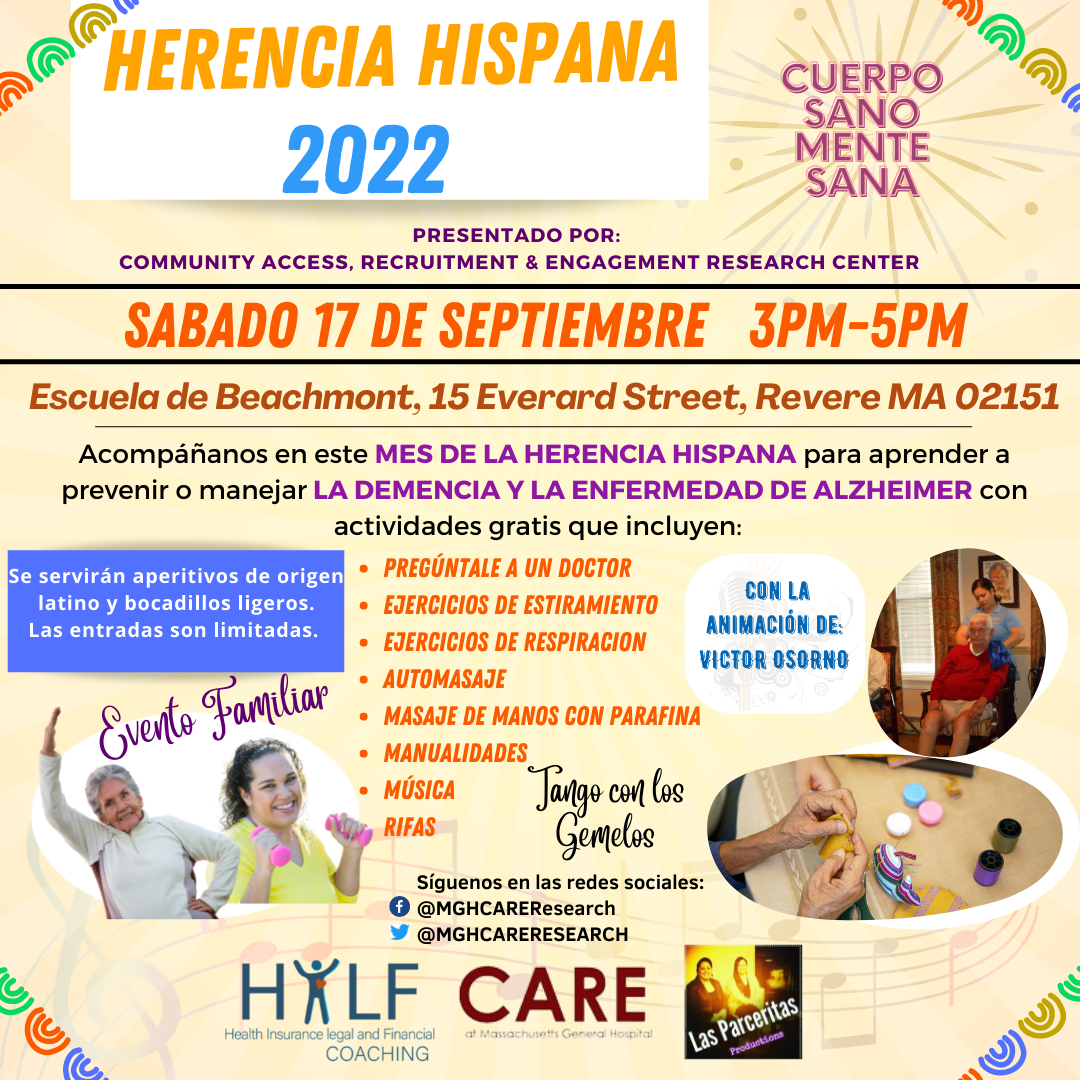
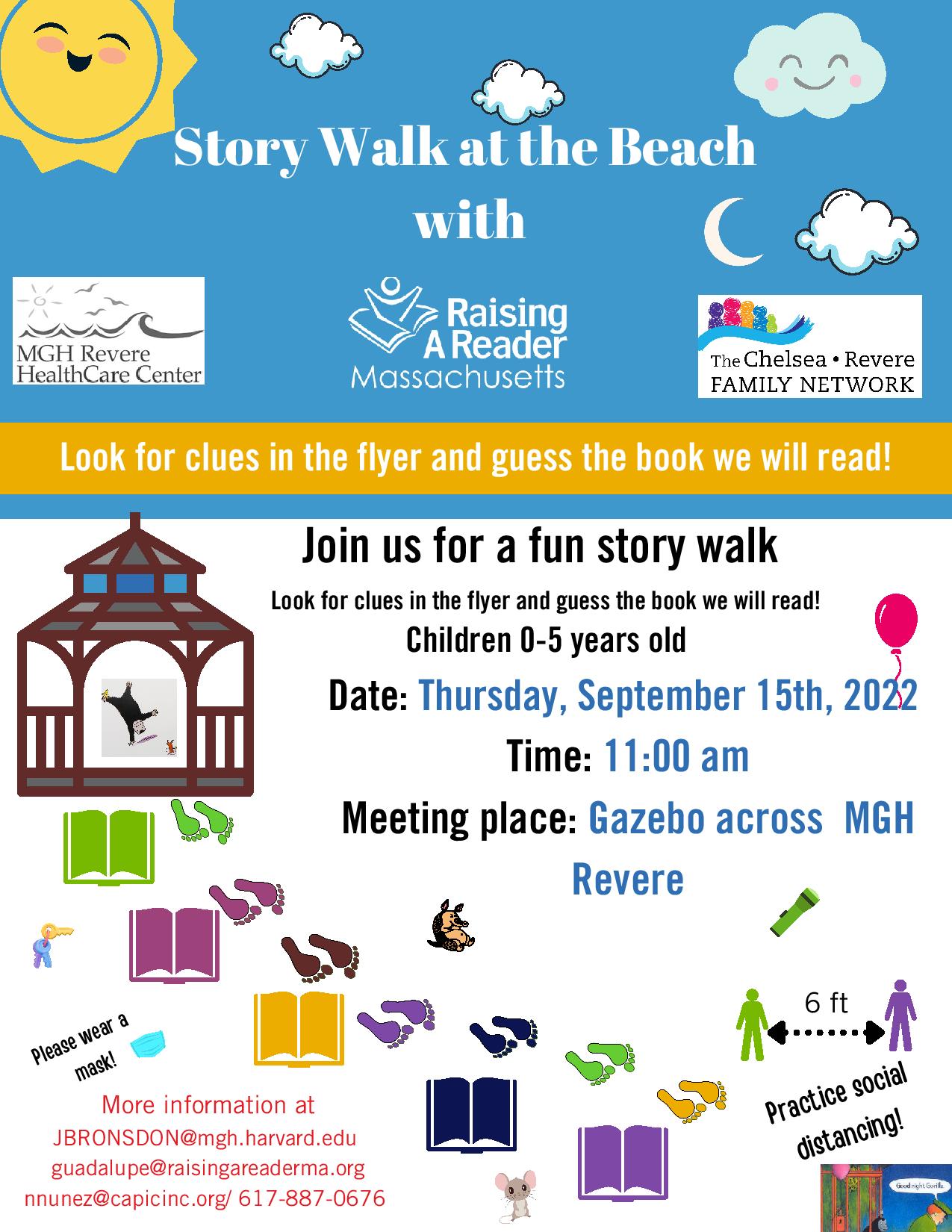
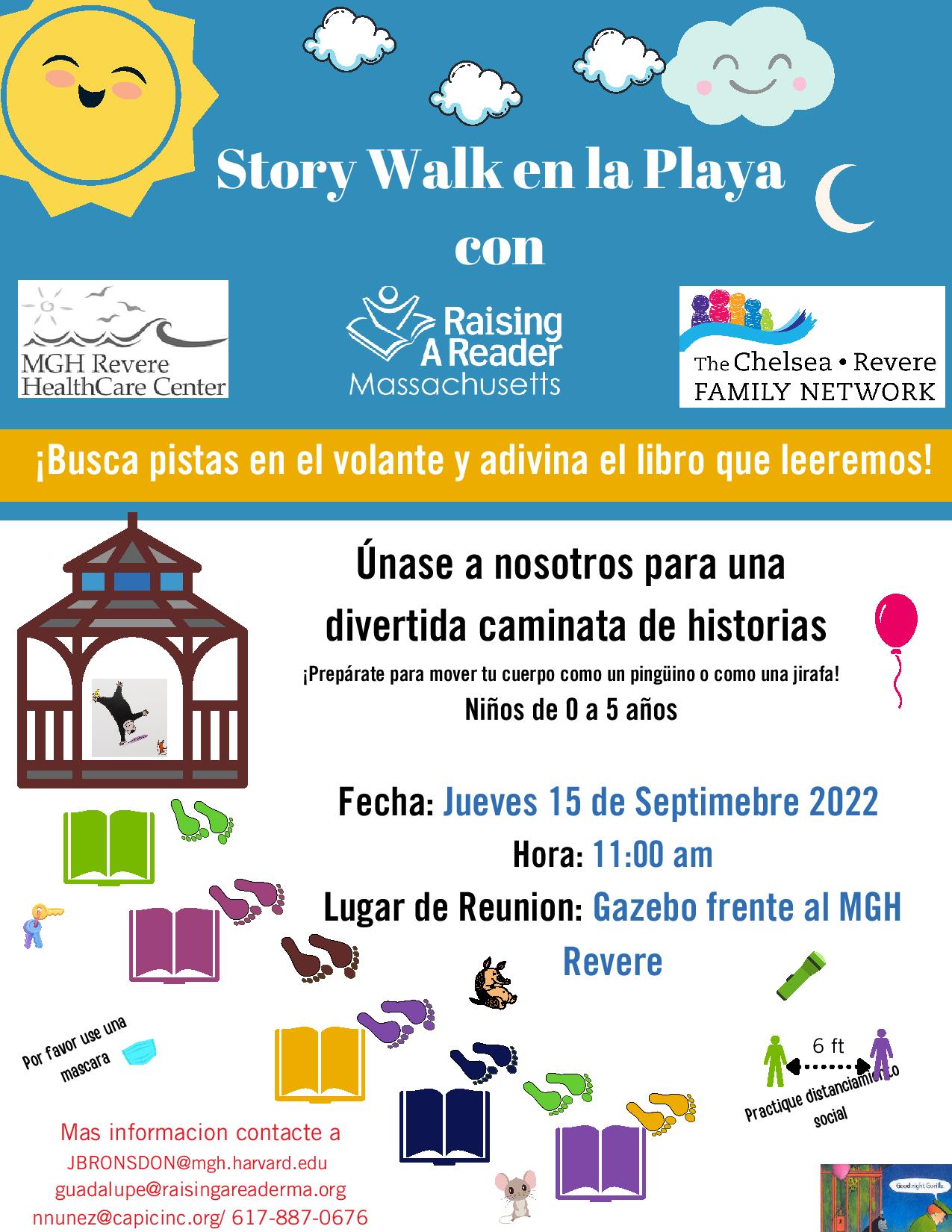
The Chelsea Recreation & Cultural Affairs has announced the programs and events for the fall-winter season!
Some new youth programs are Snowboarding with the Chill Foundation, MA Sports Leagues, The Home of Bubble Soccer, YMCA of Greater Boston Leaders Club and Y Achievers, and Self-Exploration Through Art.
Registration begins Tuesday, September 13 at 4 pm.
Check the programs out at https://recreation.chelseama.
—
¡La División de Recreación y Cultura de Chelsea ha anunciado los programas y eventos para la temporada de otoño-invierno!
Snowboarding con Chill Foundation, MA Sports Leagues, Club de Líderes y Y Achievers con el YMCA of Greater Boston , y auto-exploración a través del arte son algunos de los nuevos programas de jóvenes.
La inscripción comienza el martes 13 de septiembre a las 4 pm.
Consulte los programas en https://recreation.chelseama.
